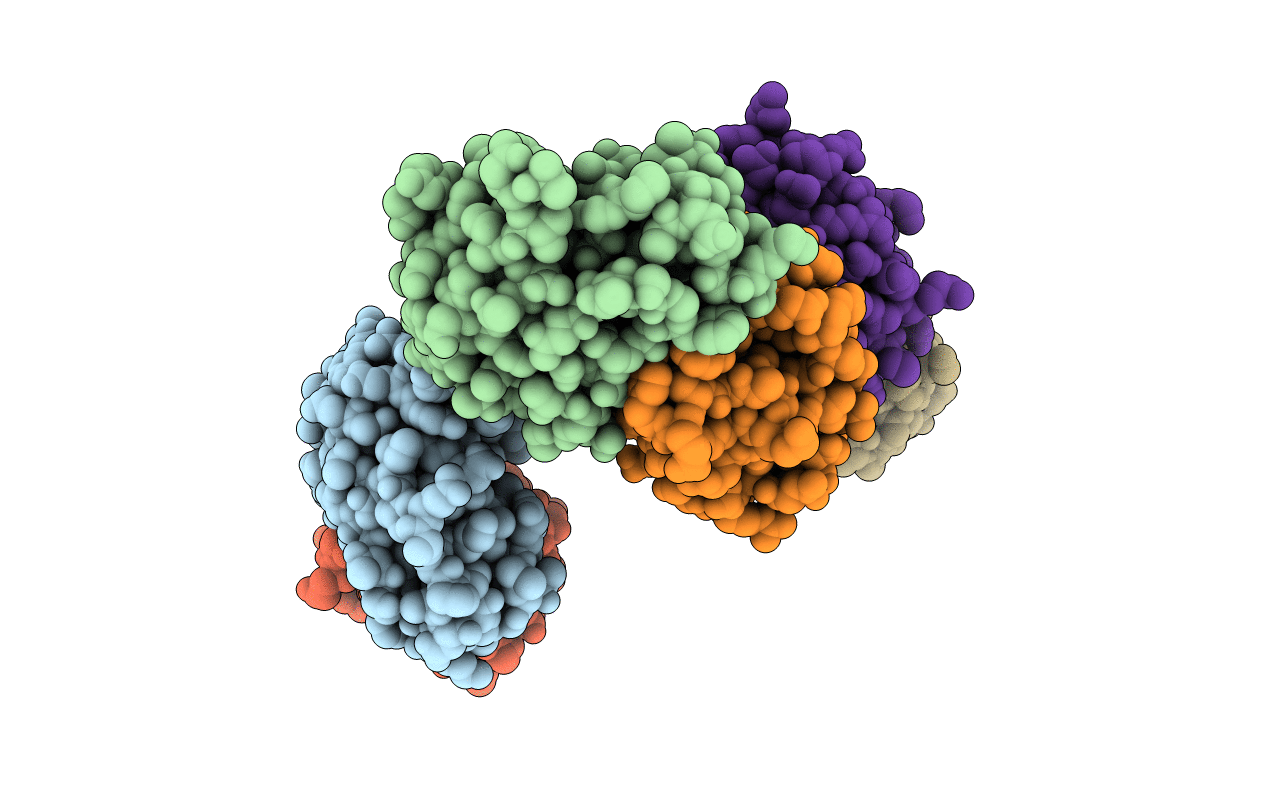
Deposition Date
1993-11-02
Release Date
1994-04-30
Last Version Date
2024-02-07
Entry Detail
PDB ID:
1BGS
Keywords:
Title:
RECOGNITION BETWEEN A BACTERIAL RIBONUCLEASE, BARNASE, AND ITS NATURAL INHIBITOR, BARSTAR
Biological Source:
Source Organism:
Bacillus amyloliquefaciens (Taxon ID: 1390)
Host Organism:
Method Details:
Experimental Method:
Resolution:
2.60 Å
R-Value Work:
0.17
R-Value Observed:
0.17
Space Group:
C 1 2 1


